New Annexin apoptosis detection kit and other products to study cell survival and death
Our catalog has been updated with new products for assessing cell survival and death.
Annexin V
A widely used marker for the early stages of apoptosis in flow cytometry and fluorescence microscopy. In combination with nuclear dyes that do not penetrate living cells, fluorescently labeled Annexin V makes it possible to distinguish populations of healthy (V), apoptotic (A), and necrotic (N) cells.
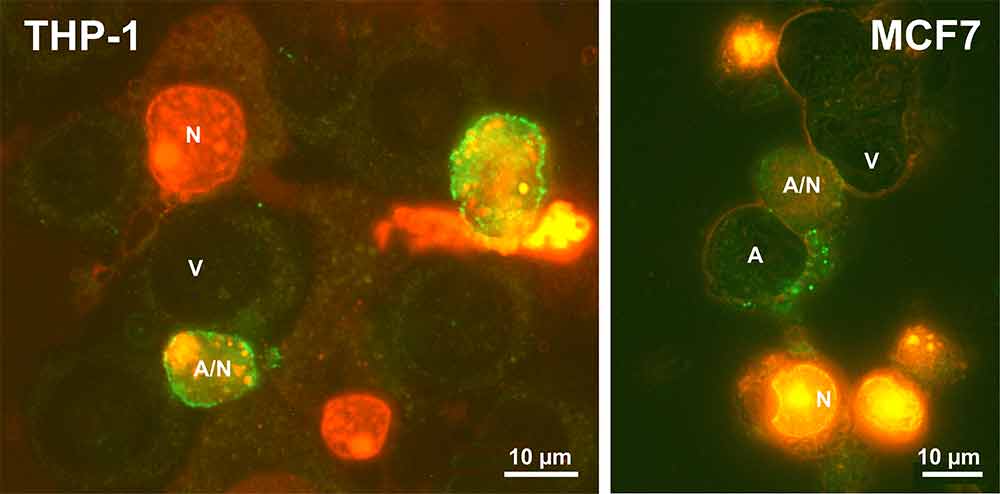
We offer lyophilized conjugate Annexin V-AF 488 as a stand-alone product and a ready-to-use kit with propidium iodide.
Annexin V-AF 488 apoptosis detection kit |
Annexin V-AF 488 conjugate |
Mitochondrial dyes
Healthy cells have a high mitochondrial membrane potential, and its decrease is considered a marker of the early stage of apoptosis.
LumiTracker Mito Red CMXRosRed-fluorescent dye for staining active mitochondria in living cells in a potential-dependent manner. The stain is well-retained after aldehyde fixation. |
LumiTracker Mito Orange CMTMRosOrange-fluorescent dye for staining active mitochondria in living cells in a potential-dependent manner. The stain is well-retained after aldehyde fixation. |
LumiTracker Mito Red FMA red fluorescent dye that selectively accumulates in active mitochondria depending on the membrane potential in them. The dye is suitable for working with non-fixed specimens only. |
LumiTracker Mito JC-1Mitochondrial membrane potential indicator. On depolarized membranes, the dye exists as a green fluorescent monomer, while on hyperpolarized membranes it forms J-aggregates that emit in the orange channel. This allows changes in the orange/green fluorescence ratio of JC-1 to be used to distinguish between healthy and depolarized mitochondria. |
Nuclear dyes
Healthy cells have membranes that do not allow certain nuclear dyes to pass through. When the integrity of the membrane is violated, such dyes stain the nuclei of damaged cells, which is used in the analysis of cell survival and death.
DAPIDAPI (4′,6-diamidino-2-phenylindole) is a blue-emitting fluorescent dye that binds strongly to adenine-thymine-rich regions in DNA. At low concentrations, DAPI does not penetrate the cell membrane and can serve as a marker of dead cells along with propidium iodide. |
LUCS 13A cell-permeant nuclear dye that exhibits bright green fluorescence when bound to nucleic acids. It is used to stain RNA and DNA in both living and dead eukaryotic cells. LUCS 13 is a structural analog of SYTO®13. In conjunction with non-permeant nuclear markers such as propidium iodide or DAPI, the dye can assess cell death and survival. |
A full list of cell survival and death products can be found here.
We have also prepared many new dyes that will appear in our catalog in the new year. Follow the news!





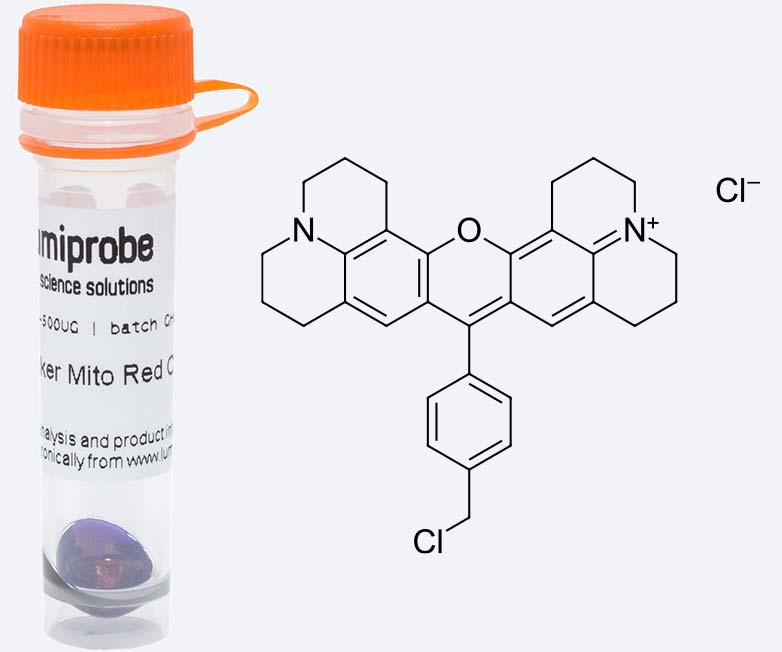
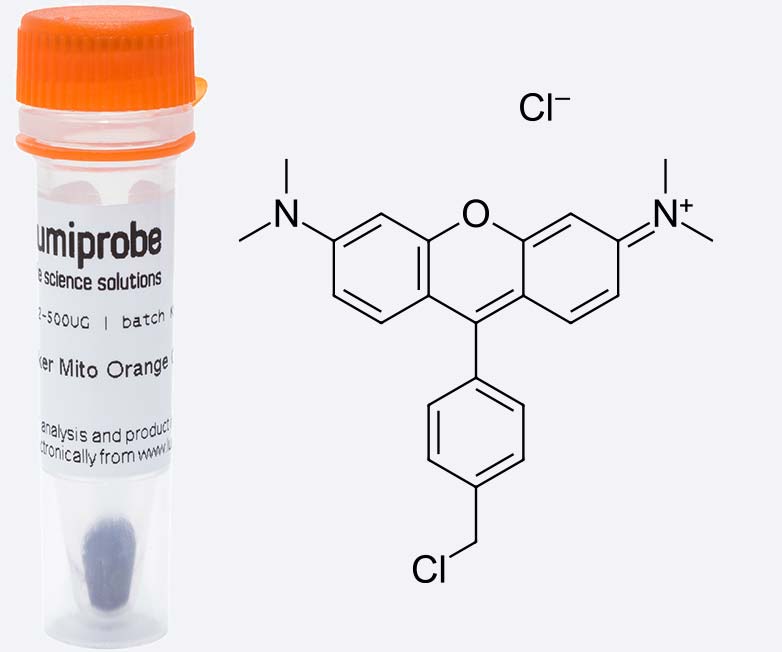
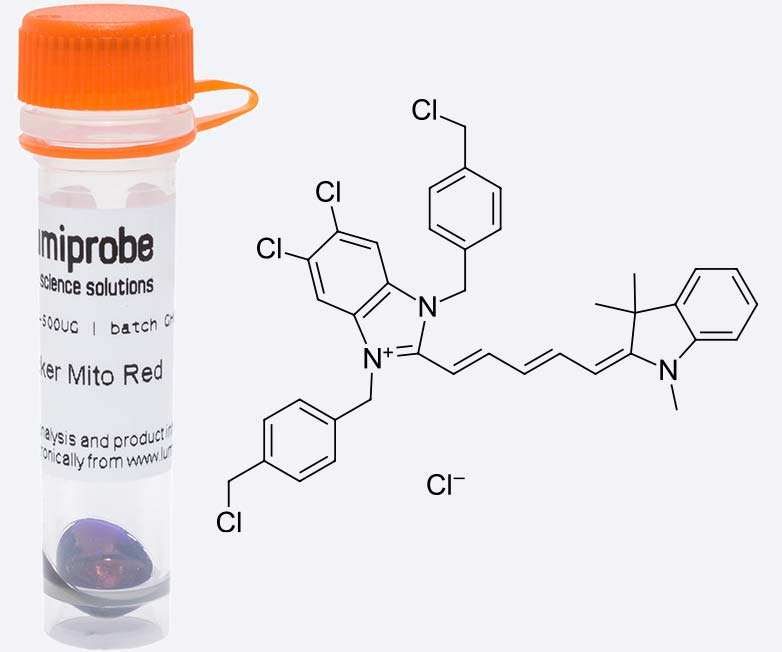
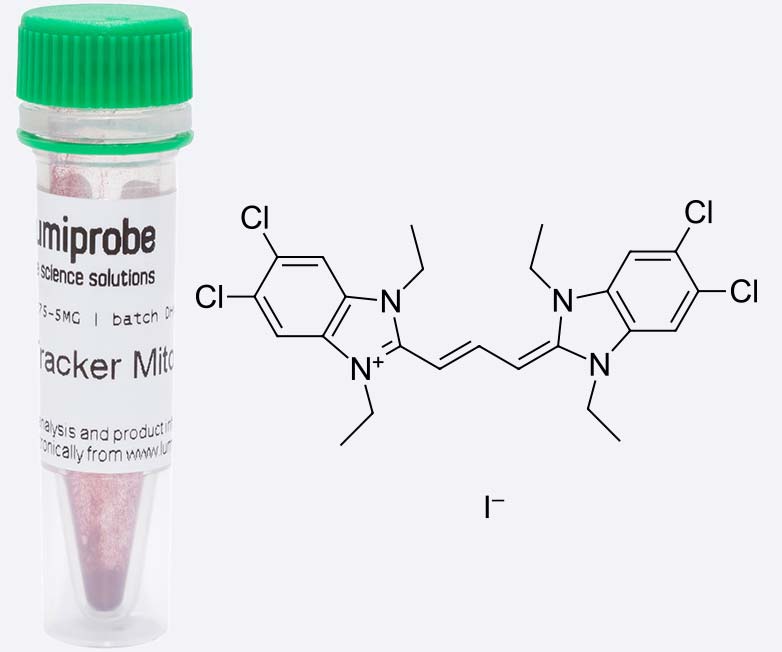
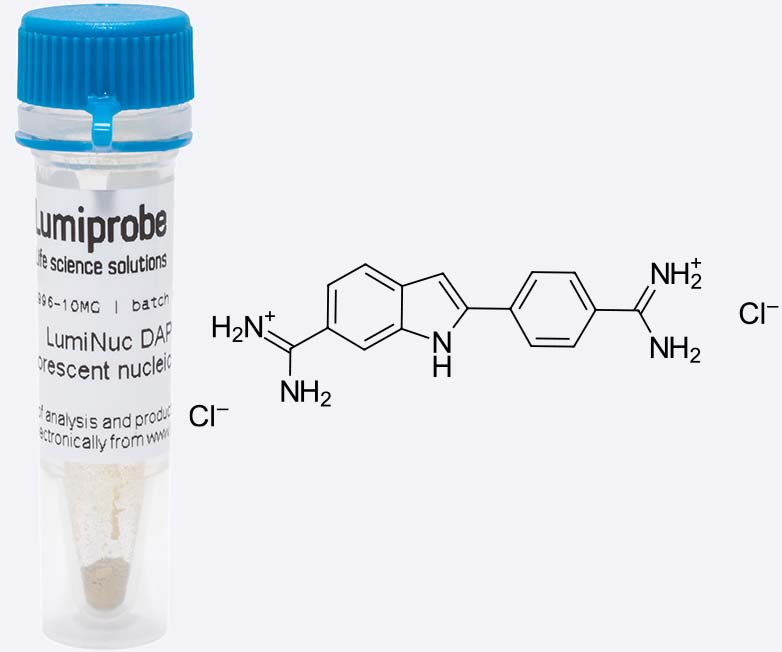
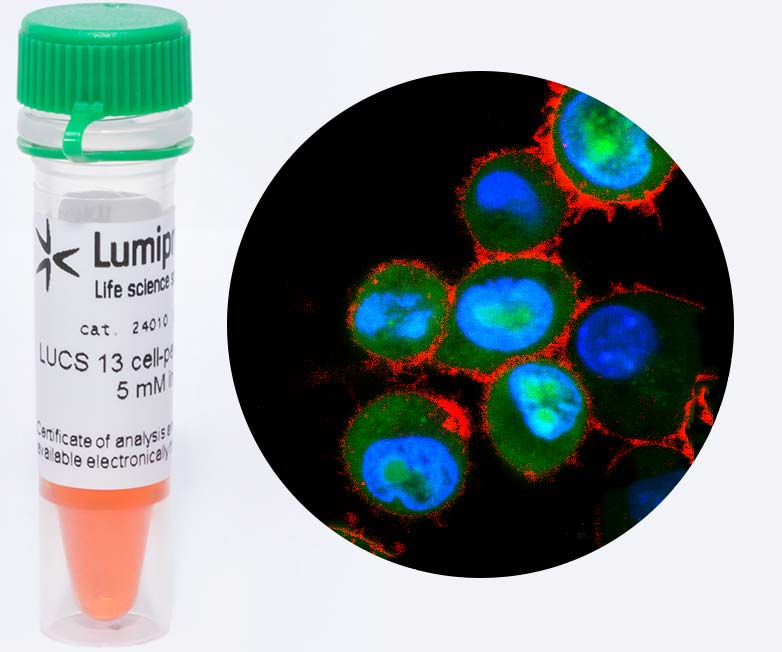



 $
$ 

